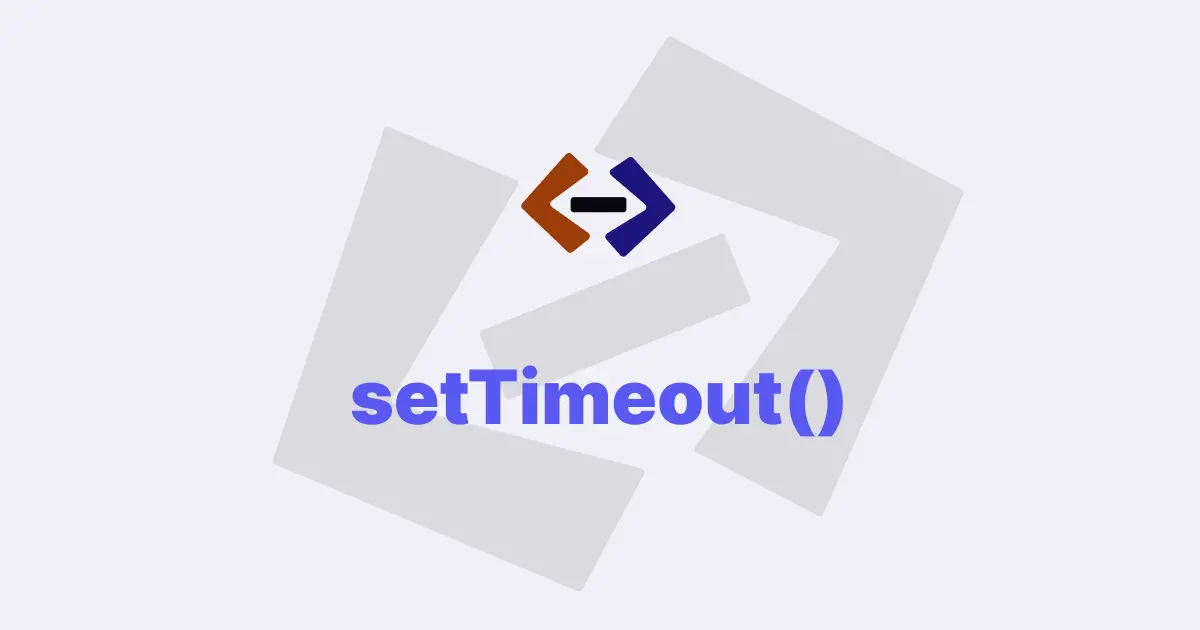In JavaScript, you can create timers using the built-in functions setTimeout and setInterval. These functions allow you to execute a piece of code after a specified delay or at regular intervals, respectively.
Timers are useful in various scenarios, such as delaying the execution of a function, scheduling periodic updates, or implementing animations.
Using setTimeout:
setTimout()
The setTimeout function allows you to execute a function after a specified delay (in milliseconds). The basic syntax for setTimeout is:
setTimeout(function, delay);where function is the function you want to execute, and delay is the time delay (in milliseconds) after which the function should be executed.
function showMessage() {
console.log("Timer completed!");
}
setTimeout(showMessage, 2000); // 2 seconds delayclearTimeout()
The setTimeout function returns a unique timer ID that can be used to cancel the execution of the function before it occurs, using the clearTimeout function.
The basic syntax for clearTimeout is as follows:
var timerId = setTimeout(function, delay);
clearTimeout(timerId);Combined:
function showMessage() {
console.log("Timer completed!");
}
var timerId = setTimeout(showMessage, 2000); // 2 seconds delay
clearTimeout(timerId); // Cancel the timerIn this example, the showMessage function will not be executed because the clearTimeout function is called before the delay of 2000 milliseconds (2 seconds) is completed.
Using setInterval:
setInterval():
The setInterval function allows you to execute a function at regular intervals. The basic syntax for setInterval is as follows:
setInterval(function, delay);where function is the function you want to execute, and delay is the time delay (in milliseconds) between each execution of the function.
function showMessage() {
console.log("Timer completed!");
}
var timerId = setInterval(showMessage, 1000); // 1 second intervalclearInterval():
The setInterval function returns a unique timer ID that can be used to stop the repeated execution of the function, using the clearInterval function.
The basic syntax for clearInterval is as follows:
var timerId = setInterval(function, delay);
clearInterval(timerId);Combined:
function showMessage() {
console.log("Timer completed!");
}
var timerId = setInterval(showMessage, 1000); // 1 second interval
// Stop the timer after 5 seconds
setTimeout(function () {
clearInterval(timerId);
}, 5000); // 5 seconds delayIn this example, the showMessage function will be executed every 1000 milliseconds (1 second) using setInterval. However, after 5 seconds (5000 milliseconds), the clearInterval function is called to stop the repeated execution of the function.
Thank you for reading, and let’s have conversation with each other
Thank you for reading my article. Let’s have conversation on Twitter and LinkedIn by connecting.


